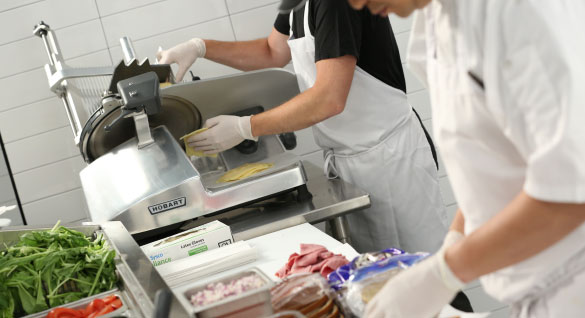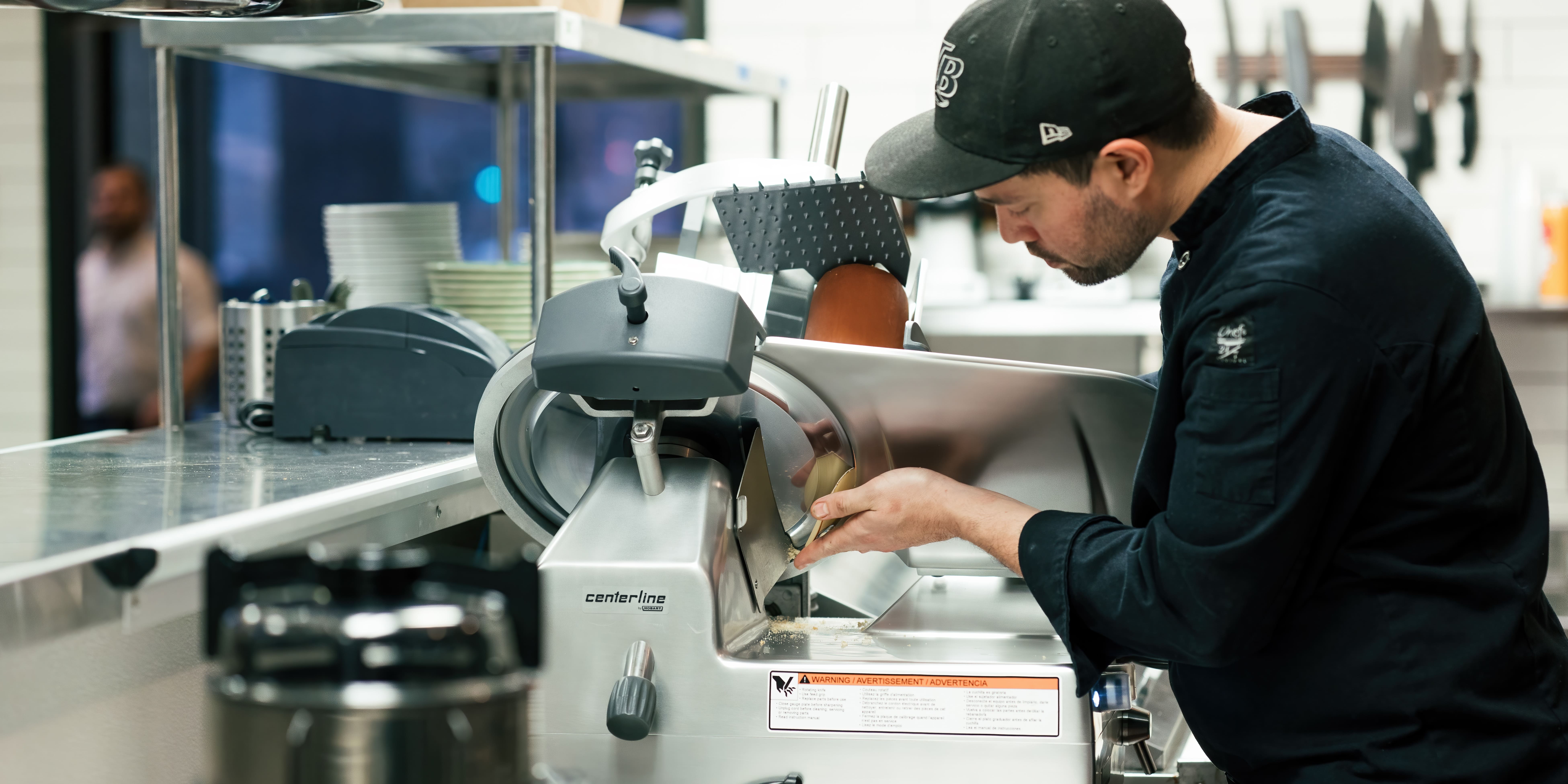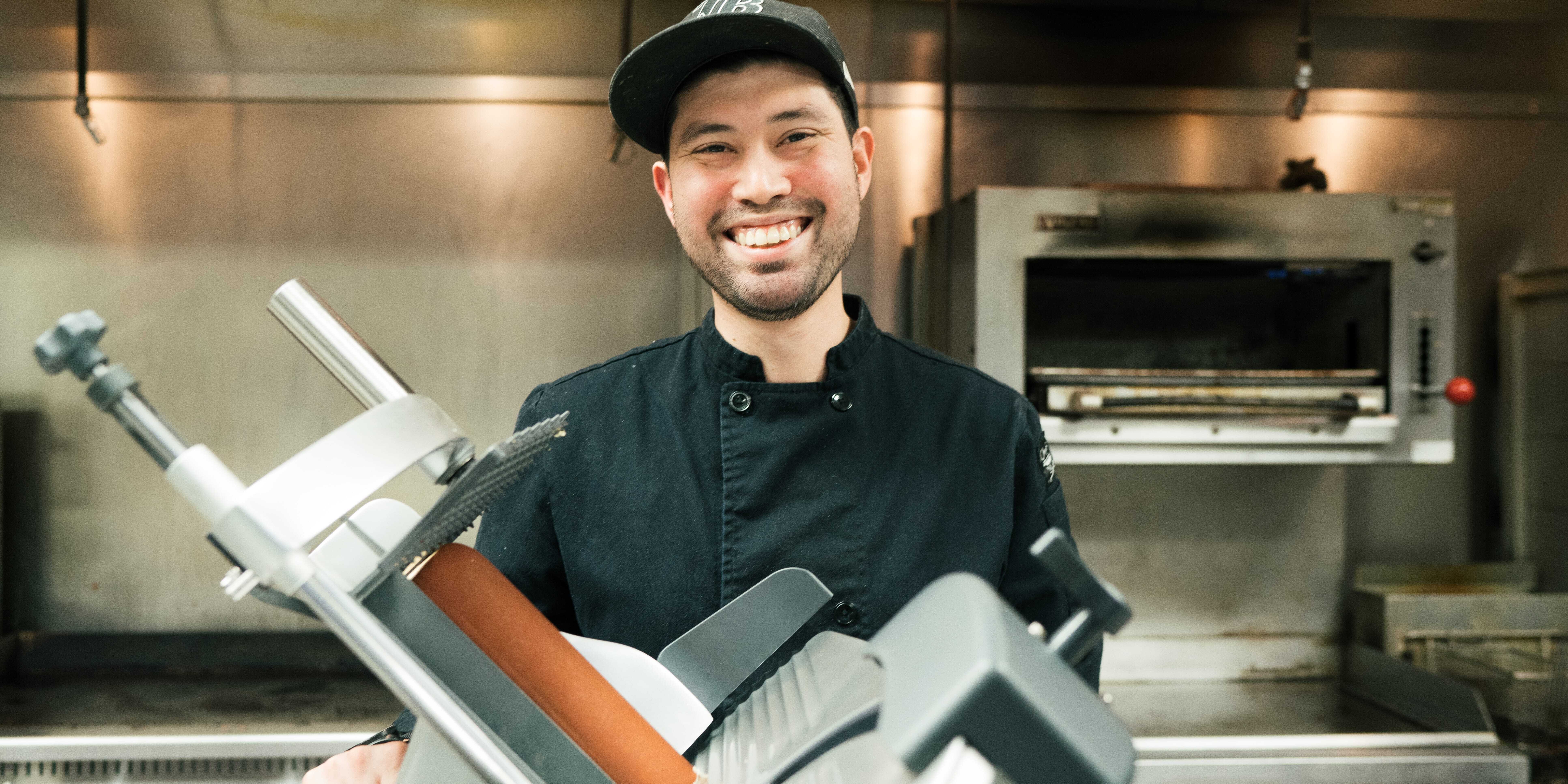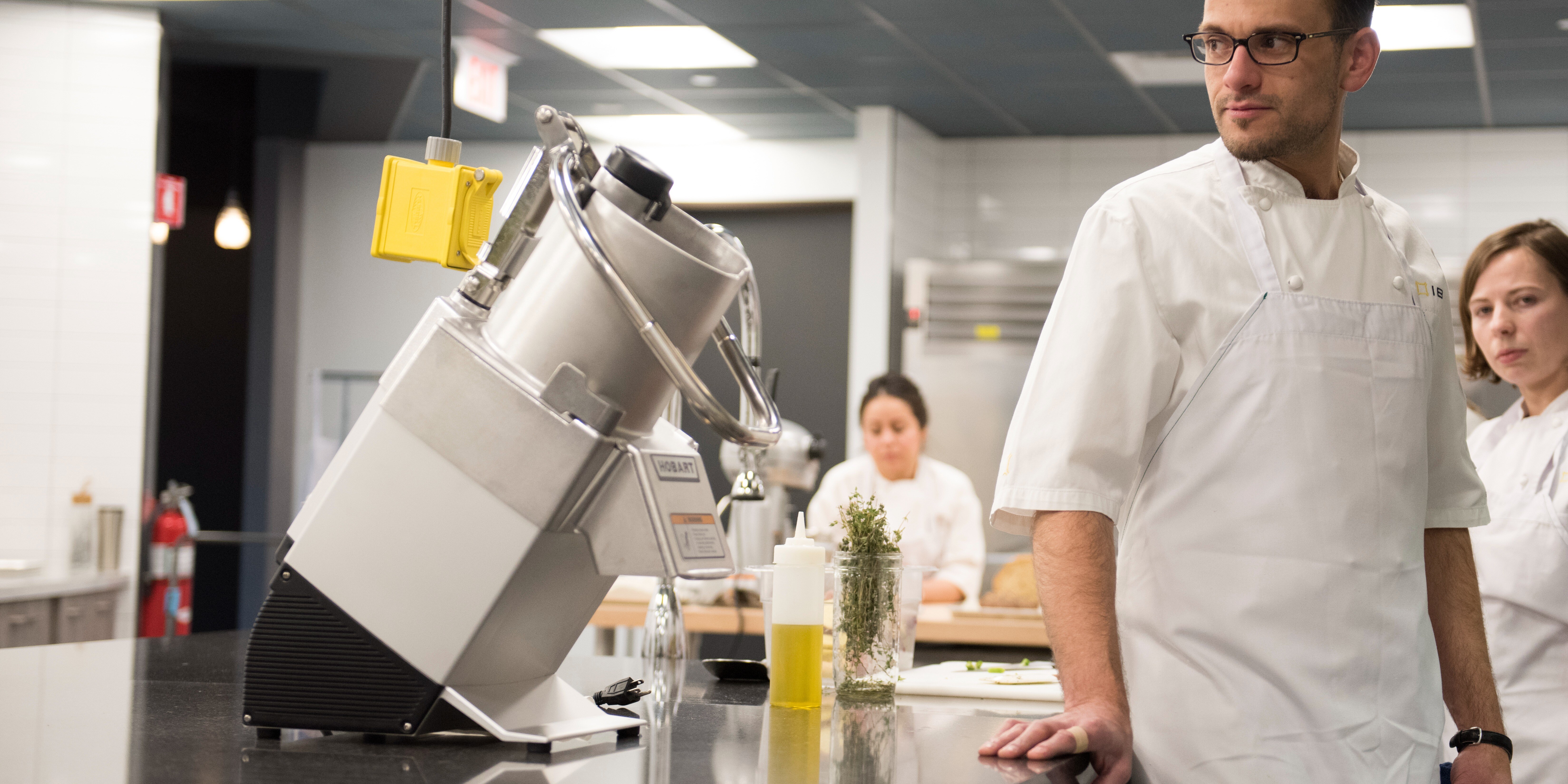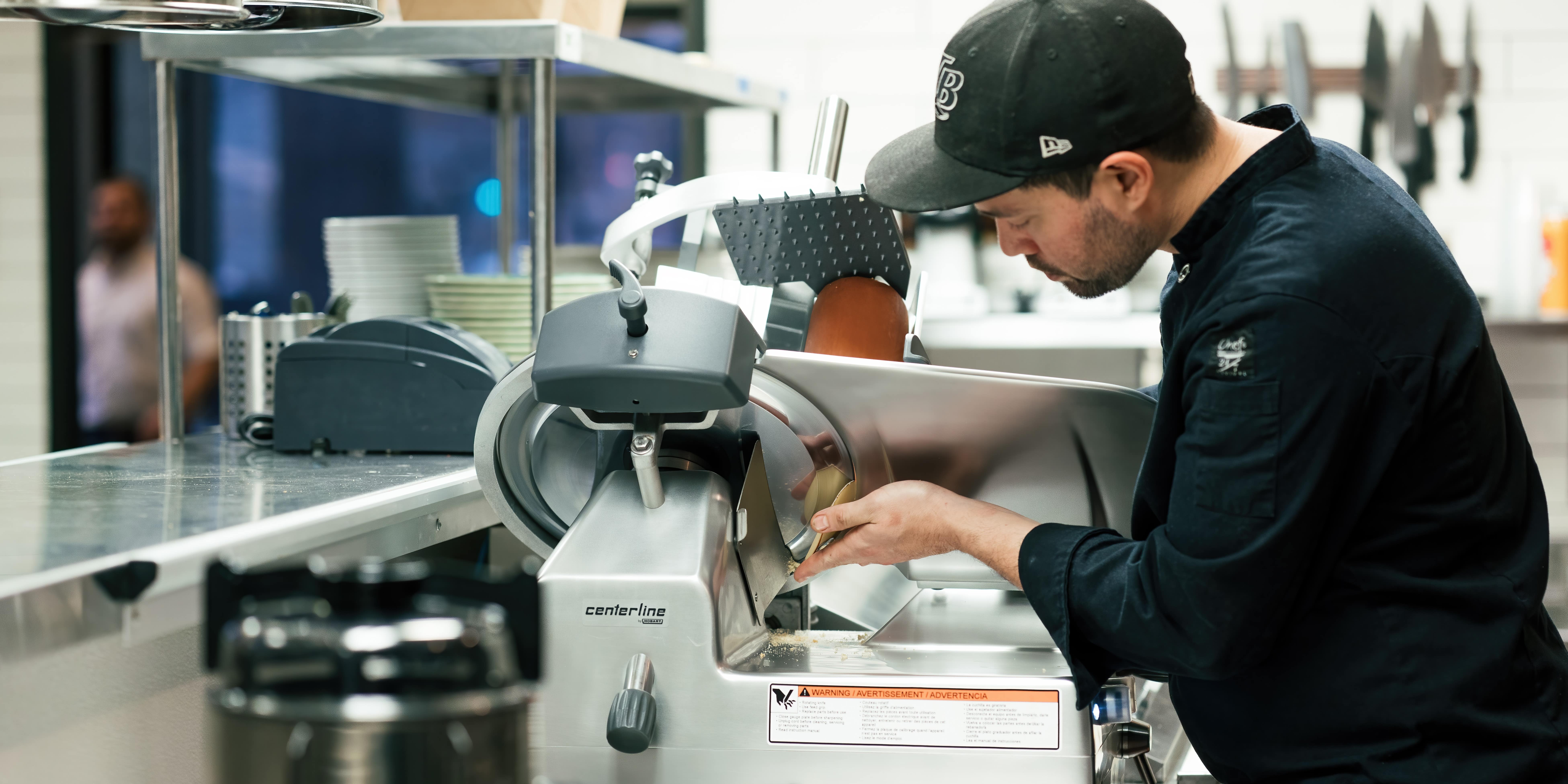The upfront cost of food prep equipment typically comes into play during the purchasing process. Is it better to buy less expensive equipment that may need to be replaced sooner? Or pay more with the hope of recuperating a quick return on the investment? As with any food prep equipment, purchasing agents in the retail space must consider the price of the slicers they acquire for their delis. But what about the total cost of ownership? For example, a slicer that operates at maximum efficiency with minimal food waste can increase profits. Time savings — for cleaning and sanitation — equates to labors savings. In this situation, a slicer that comes at a higher initial cost may be worth considering.
Slicer Ownership Key Features
Gaining quality food output and maintaining high levels of sanitation are key when operating any slicer. Training employees to make consistent cuts of meats and cheeses contributes to a positive customer experience. Proper cleaning and sanitation prevents cross contamination and food borne illness, like listeria — 83 percent of cases in 2016 were associated with improperly cleaned slicers.
Achieving the right quality and sanitation doesn’t have to come at the expense of a slicer that also offers a reasonable total cost of ownership. In fact, the right equipment can save money. Look for some key features to help.
A slicer with a stainless steel, cobalt-edge blade can typically yield more product with less waste than a slicer with a carbon steel blade. It provides a cleaner cut with less shredding. Consider this example of cost savings: If a retail space sells meat for $9 a pound, even a 1 percent increase in yield per 50 pounds of meat each day (18,250 pounds annually) saves $1,500 a year.
A stainless steel, cobalt-edge blade also tends to stay sharp for longer, allowing operators to reduce the amount of time spent sharpening the blade. A deli operator who generally sharpens a slicer blade daily may be able to sharpen a stainless blade only once a week, saving on labor for this task.
Look for a slicer with a removable blade and other removable components (e.g., carriage, ring guards). It may seem disassembling the slicer would counter productivity during the cleaning process; however, operators can usually clean it about 20 percent faster than other slicers. Plus, it allows for complete cleaning and sanitation by allowing access to all parts where bacteria could potentially harbor.
Consider that 20 percent reduction in cleaning time by the numbers. An employee earning $10.50 an hour takes 15 minutes to clean a slicer with a non-removable blade. It would cost $1,916 to clean it 730 times per year. A slicer with a removable blade could save $383 in labor annually with the reduced cleaning time. It also provides peace of mind that the operator fully cleaned and sanitized the equipment.
Slicer features like these may come at a higher upfront cost, but they can lower the total cost of owning the equipment in the long term. It’s valuable to carefully assess factors such as these before making a purchase to also gain a quick return on the investment.
About the Author
.jpg?width=67&height=67&name=Bilger%20Carolyn%201%201x1-2_%20(002).jpg) Carolyn Bilger is the marketing director for Hobart – Food Preparation Products. She has been with Hobart since 2015 and sets the strategy for marketing and new product development for the full line of Hobart food preparation equipment. See all her blogs here.
Carolyn Bilger is the marketing director for Hobart – Food Preparation Products. She has been with Hobart since 2015 and sets the strategy for marketing and new product development for the full line of Hobart food preparation equipment. See all her blogs here.


